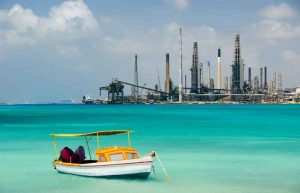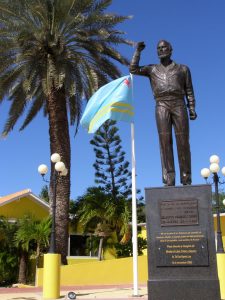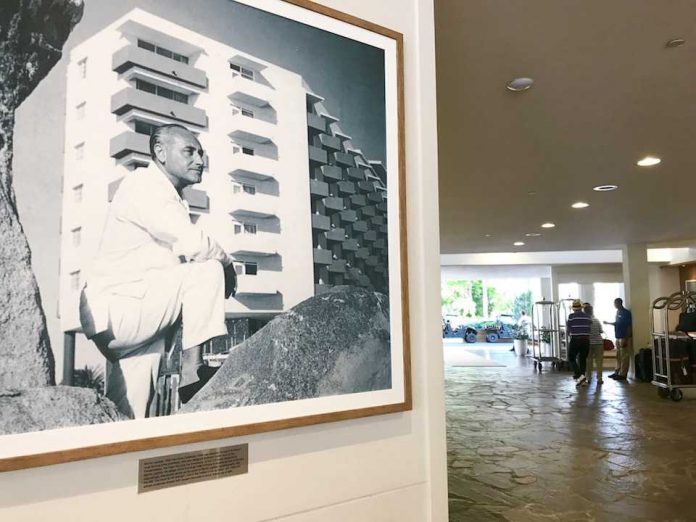What’s in a name
Most probably, the name Aruba is of Indian origin, a combination of ora (shell) and oubao (island). But it might also be from Spanish: oro hubo (there was gold). The earliest mention on a map spells Orua.
The pre-Columbian era
Before the discovery of Aruba by the Spaniards, the island was inhabited by Indians, first by the Arawaks and later the Caribs. They lived of catching fish and collecting natural food.
The Spaniards, the Dutch and the English
Aruba was discovered by the Spaniards in 1499. In the 16th century, the Spaniards deported the entire Indian population and sent them away to the island of Hispaniola to work in copper mines. In the 17th century, the Dutch conquered the Windward islands. On Aruba horses and mainly goats were bred. Between 1806 and 1816, Aruba was occupied by the English.
Aloe, gold and phosphate
De aloe plant was particularly suitable for the soil and the climate of Aruba. As of the 19th century, the juice is exported and since 1947 there is an aloe factory on Aruba. In 1824, gold was found on Aruba and phosphate in 1859. Both industries were the first important source of income for the Aruban people. De gold digging continued up to the First World War (1914) and the exploitation of phosphate was also halted in the beginning of the 20th century.
The Lago
The most important change in the past century for Aruba was the establishment of the Lago Oil and Transport Company. The founding of this refinery prompted the need of foreign labor and they came mainly from the English speaking islands in the Caribbean. They established themselves in San Nicolas. In 1986, the outdated Lago closed but the refinery was soon reopened by another oil company.
Aruba and World War II
Aruba was home to one of the biggest refineries in the world, supplying a substantial part of the fuel to the allied troops. That’s why the island was targeted by a German submarine. Fortunately, the attack was a major failure. Aruba had been spared massive damage
Striving for Separation
In the beginning of the thirties of the past century, Aruba officially announced to the Government of the Dutch Kingdom its wish to separate from Curaçao. Jan Hendrik (Henny) Eman and Shon A Eman were the advocates of ‘Separación’ (separation).

The struggle for ‘Status Aparte’
In the course of the seventies, a movement came about that aimed to dissolve Aruba from the administrative unit of the Netherlands Antilles. After a couple of turbulent weeks in August 1977, the call for independence was recognized by the Dutch government, which resulted in obtaining the so-called ‘Status Aparte’: in 1986, Aruba became an independent country within the Dutch Kingdom.

Betico Croes
The young and dynamic politician Gilberto François (‘Betico’) Croes from Santa Cruz founded the political party Moviemento Electoral di Pueblo (MEP) in 1971. As leader of this party, he was an advocate of the realization of the ‘Status Aparte’ for Aruba in the seventies and eighties. He died in the year the Status Aparte took effect, 1986
Tourism
In 1959, the first major resort on Palm Beach was constructed. Next to the Aruba Caribbean Hotel, other so-called High-rise hotels were built. Several smaller hotels were built as well, like those on Eagle Beach. Tourism has grown to become the major employer on the island, next to the refinery. Source: http://www.historiadiaruba.aw/. |






















